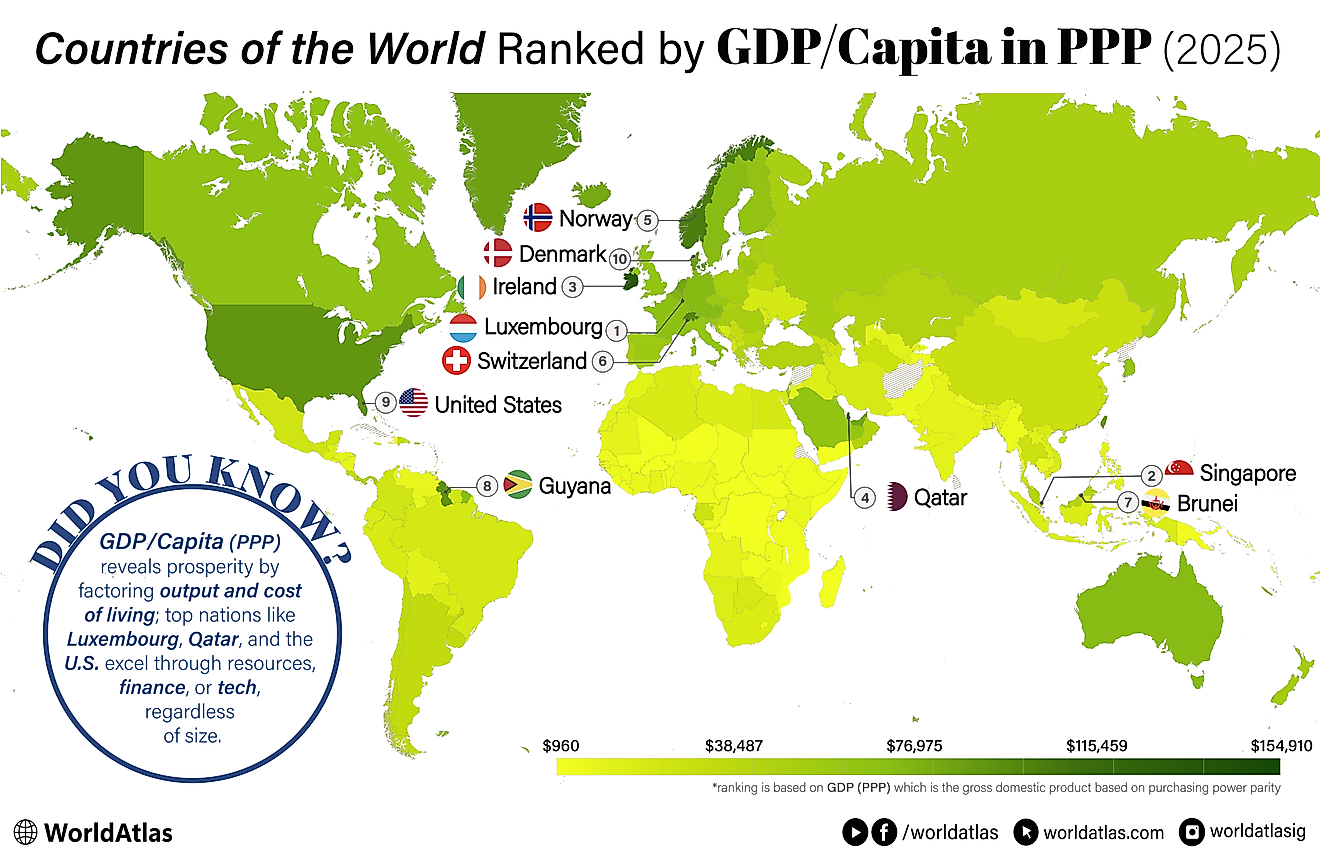The 5 Worst Financial Crises in Recent Memory

A decade ago, the American economy sank into a recession when the credit market seized, and the housing market crashed. The banking industry went on its knees and businesses collapsed. Thousands of Americans lost their jobs, and as a result, they could not repay their mortgages and ended up losing their homes. The financial crisis of 2007–2008 was not an isolated economic downfall; it had happened before and will undoubtedly occur in the future. Finance and banking experts admit that it is naive to think that businesses so complex, so large, and so global can avoid a recession. Financial crises over the past century suggest a high degree of similarity: poor regulatory oversight, excessive exuberance, herd mentalities, infallibility, and dodgy accounting. The following are the five worst financial crises in recent memory.
5. The Great Depression
The Great Depression was the worst economic and financial disaster of the 20th century. The depression began in 1929 and lasted for a decade. It started when panic in the stock markets triggered the collapse of Wall Street. Although the recession originated from the United States, the effects were felt across the globe. Investment and consumer spending declined resulting in low industrial outputs. Up to 15 million Americans lost their jobs, and half the financial institutions in the country declared bankruptcy.
4. The Great Recession
The Great Recession was an economic decline between the late 2000s and early 2010. It was the most significant economic downfall since the Great Depression. Although it began in 2000, it was not until December 2007 that the effect was felt in the United States. The recession peaked in 2008, and by 2009, it had evolved into a global crisis. The recession was triggered by a burst in the US housing market resulting in the loss of value of derivatives and mortgage-backed securities.
3. Dot-com Bubble Burst
The Dotcom Bubble was an uncontrolled rise in US equity valuations fueled by the growth of internet-based companies in the late 1990s. During this period, equity markets rose rapidly with technology market NASDAQ experiencing a 4,000-index growth between 1995 and 2000. Speculation drove investors and venture capitalists into the technology industry hoping that the startups would one day turn into cash cows. In the early 2000, a series of events shook up the technology market to near collapse leading to massive losses.
2. Black Monday and Fall Out
Black Monday refers to Monday, October 19, 1987, when a stock market crash in Hong Kong triggered a global economic decline. Although it began in Hong Kong, Europe and the United States were significantly affected. It is known as Black Tuesday in Australia and New Zealand because of the time difference. In just two weeks, the stock markets in Hong Kong had dropped by 45%, 41.8% in Australia, 31% in Spain, 22.68% in the United States, and 22.5% in Canada.
1. Early 1980s Recession
The early 1980s economic downturn was an economic downfall that swept across the developed countries from the late 1970s to the early 1980s. Although Japan and the United States recovered quickly and employment continued in the OECD nations until 1985. The crisis resulted in the savings and loans crisis in the US and the Latin American debt crisis.











